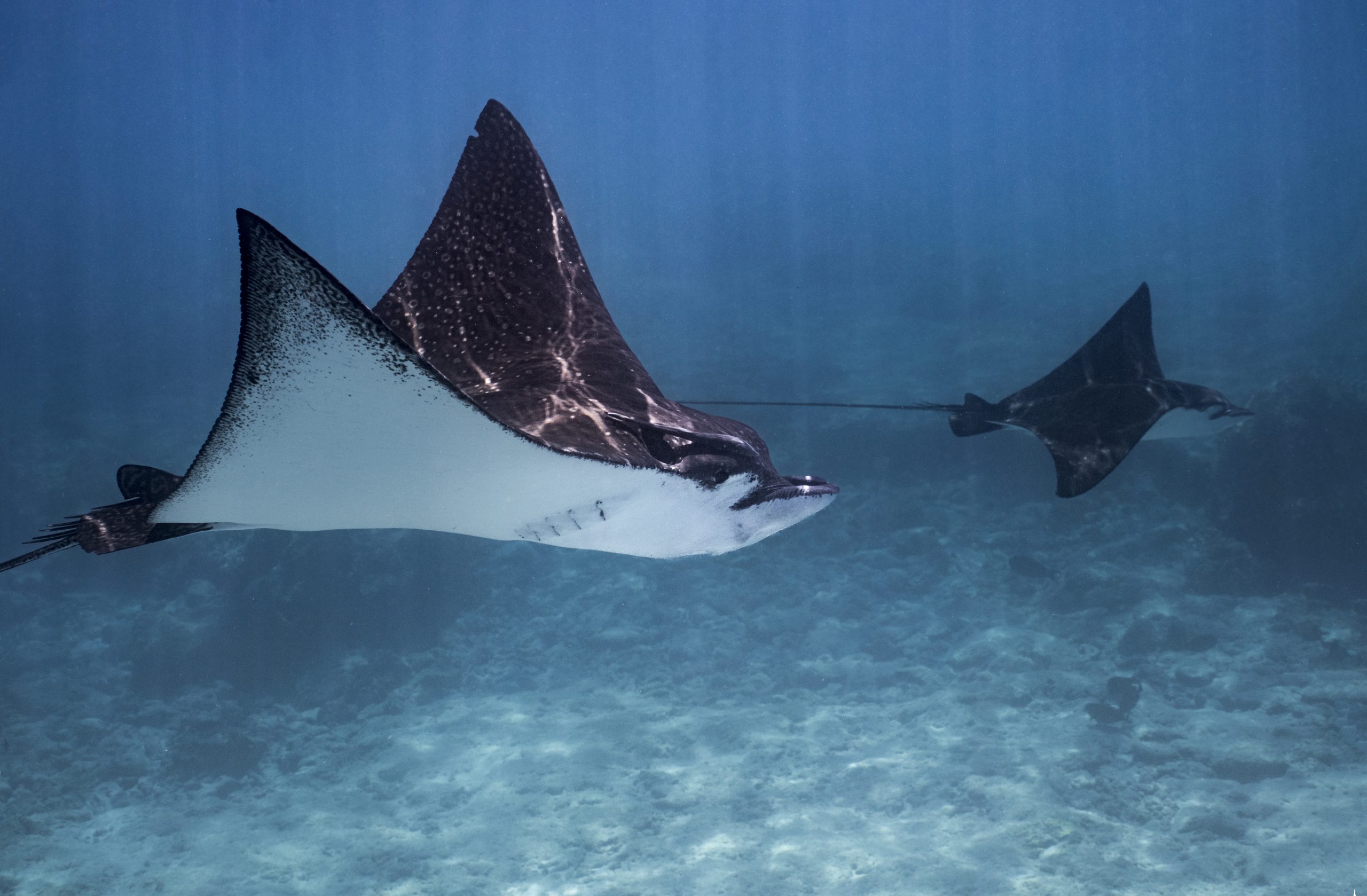
Woodside starts dredging in endangered species habitat
Seismic blasting is planned to assess gas reserves
Woodside starts Burrup Hub dredging in endangered turtle habitat
Greenpeace investigators used satellite images to film and photograph Woodside dredging in the Dampier Archipelago, off the Pilbara coast in northern Western Australia. The area is a critical breeding habitat for sea turtles, including endangered hawksbill turtles and green turtles.
The fossil fuel company’s controversial plan for seismic blasting in endangered whale habitat was approved by the offshore regulator NOPSEMA. Woodside plans to seismic blast to assess gas reserves for its Burrup Hub, which if it goes ahead will be Australia’s dirtiest fossil fuel project.

Key facts about Woodside’s Burrup Hub pipeline
- The overall Scarborough pipeline would run approximately 435 km from the Pluto LNG onshore gas processing plant to the offshore Scarborough gas field. About 400km of the pipeline is in Commonwealth waters.
- The pipeline would run through Mermaid Sound in the Dampier Archipelago and Montebello Marine Park. Several of the islands in the Dampier Archipelago are nature reserves.
- The nearshore section of the pipeline (from the shore to about the 50km offshore mark) will be laid by first dredging a trench and dumping the dredged material at some specified nearby sites (the ‘spoil grounds’). The pipeline will be laid inside the trench. The trench is then backfilled using spoils from the trench or sand which will be dredged and transported from a nearby ‘borrow ground’.
- Up to 2.7 million cubic metres of material will be dredged out of the pipeline route in both state and commonwealth waters.
- Up to 2 million cubic metres of sand will be dredged and taken from the commonwealth borrow ground. The commonwealth borrow ground is an area of about 17km2 that is only 250m from the boundary of the Dampier Marine Park.
- The state waters section of the pipeline is expected to take about 18 months in total to complete. The commonwealth waters section is expected to take about 24 months to complete. It is unclear if there will be overlaps in these timings.
Nature impacts
- Mermaid Sound is a critical nesting and internesting habitat for Green Turtles (Endangered) and Hawksbill Turtles (Critically Endangered), a mating, nesting and internesting habitat for Flatback Turtles (Data Deficient) and an internesting habitat for Loggerhead Turtles (Vulnerable). Note that these are the species status as per the IUCN Red List.
- Montebello Marine Park is an internesting habitat for Green Turtles, Flatback Turtles, Hawksbill Turtles and Loggerhead Turtles, which nest on nearby Montebello Islands.
- According to Woodside, the pipeline is likely to affect nine species of whale, including pygmy blue whales, sei whales, fin whales, southern right whales, humpback whales and Antarctic minke whales.
- According to Woodside, the pipeline is likely to affect whale sharks, grey nurse sharks, oceanic whitetip sharks, white sharks, shortfin and longfin mako sharks, reef manta rays and giant manta rays, and various species of sawfish.
